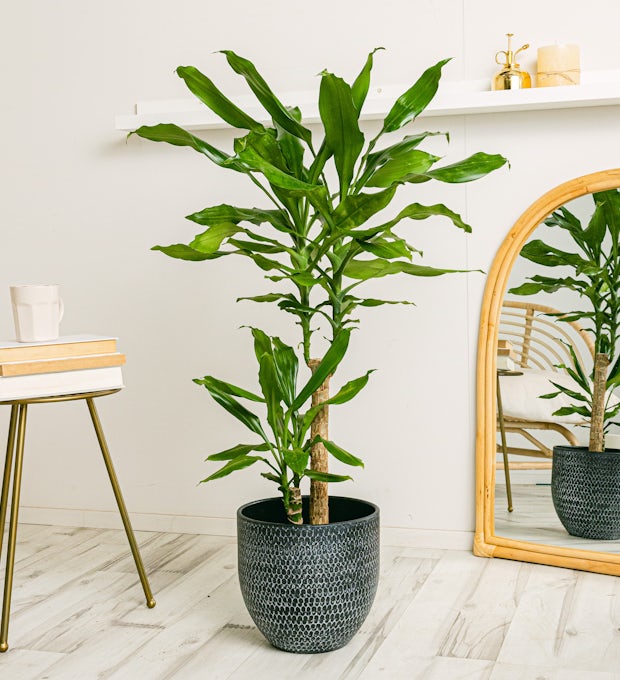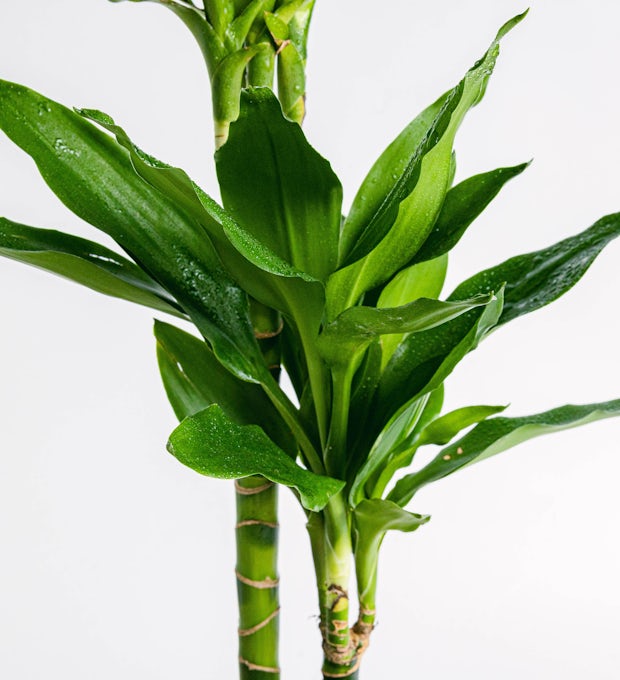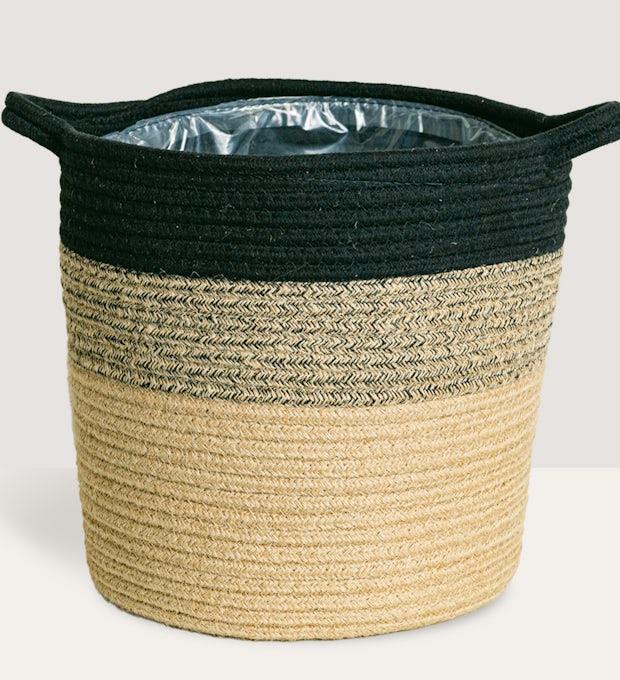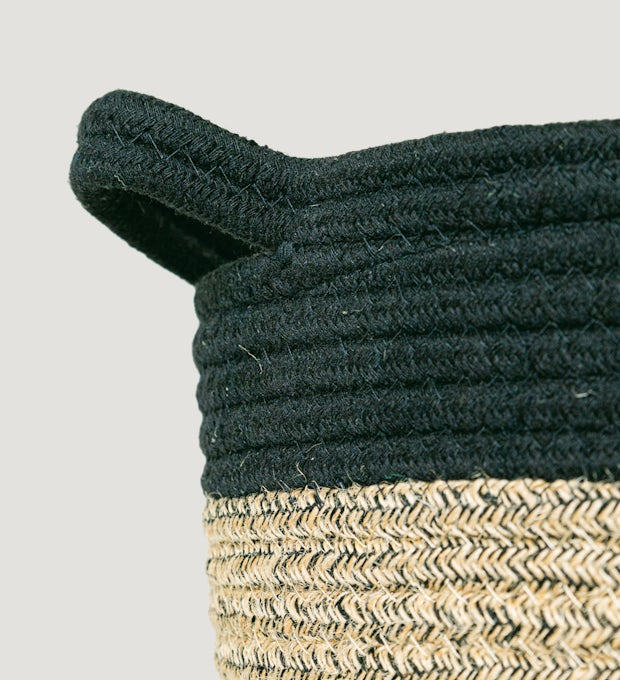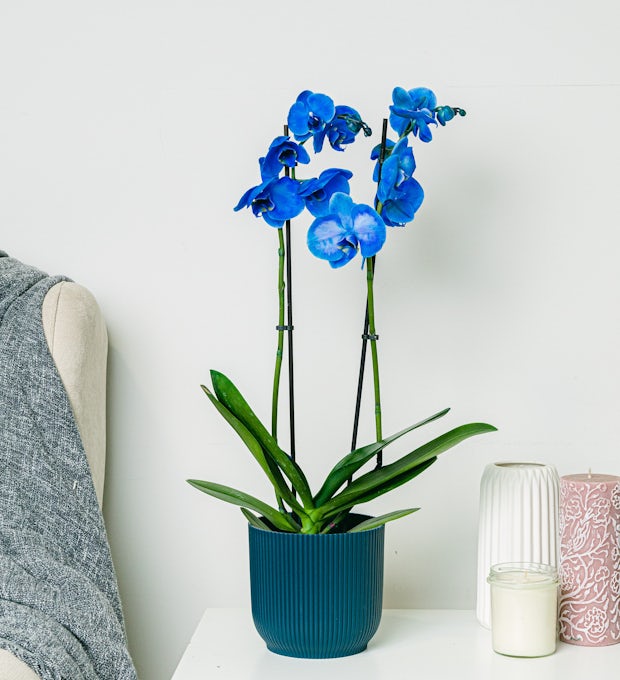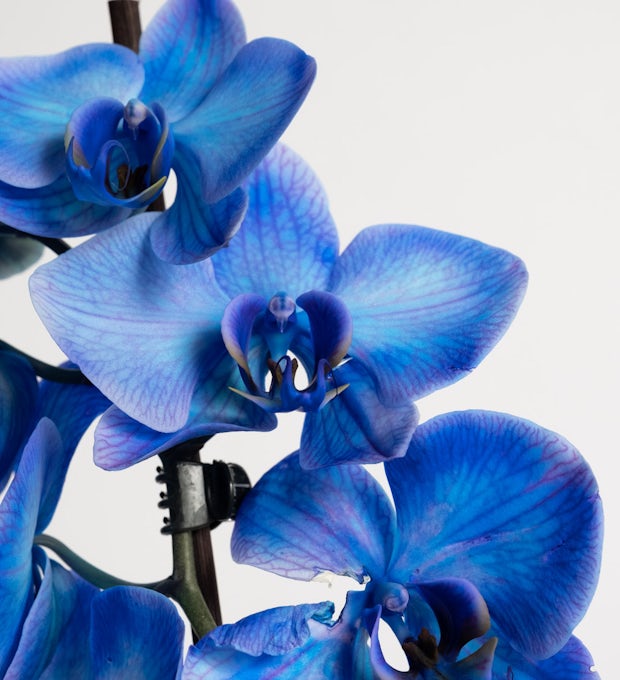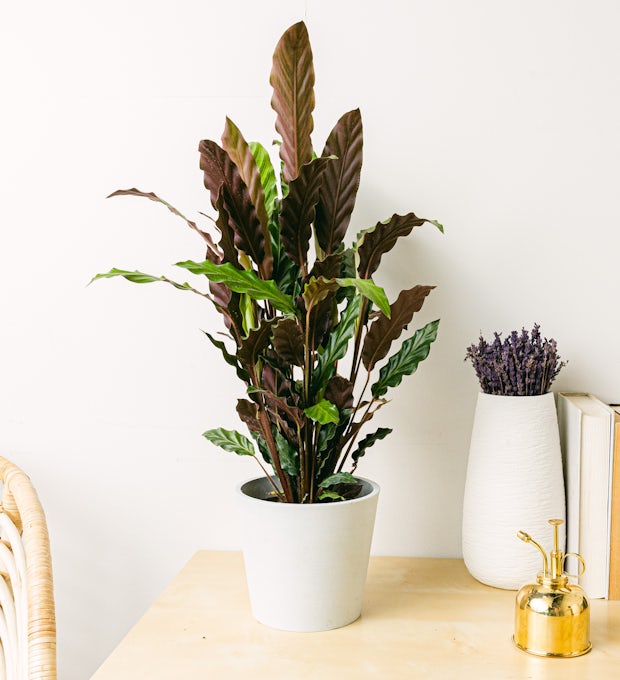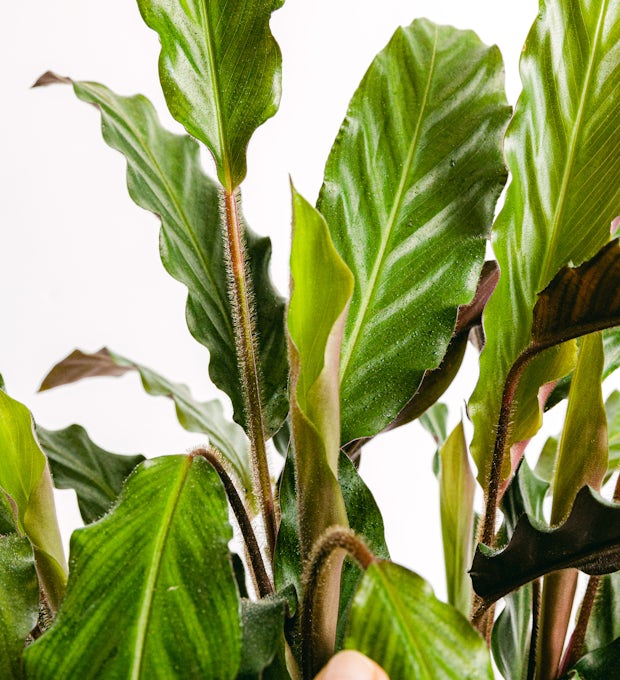In this article, we'll explore how to protect your houseplants during the winter months to ensure they maintain their beauty and health. From pre-care before the cold weather arrives, to tips for maintaining a proper location, cleaning leaves, watering properly and even using artificial lighting effectively. We'll also cover protection against pests and diseases, as well as how to recover your cold-damaged plants. Find out how to keep your houseplants beautiful and healthy during the winter with these helpful tips.
Pre-care for winter
Before winter arrives, it's important to prepare our houseplants for the weather changes that are coming. One of the most important pre-care is pruning. We must remove dead or diseased leaves and branches, as well as those that are tangled or that hinder air circulation. In addition, it is advisable to trim the tips of the branches to prevent them from growing too large and weakening. Another important aspect is transplantation. If our plant has grown too large or if the pot has become too small, we should transplant it into a larger pot before winter begins. It is important to use new, nutrient-rich soil to ensure good root development. It is also advisable to check the roots and remove those that are rotten or diseased. Finally, it is important to clean the pots thoroughly and remove any remaining soil or debris before placing them in their final location. This pre-care will help our plants to be stronger and healthier to face the cold winter.
Proper Plant Placement
Proper placement of houseplants during the winter is critical to ensuring their survival and maintaining their beauty. It's important to note that many houseplants are native to warm, tropical climates, so they need specific conditions to survive during the cold months.
First of all, it is essential to place the plants in a place where they will receive enough natural light. During the winter, the days are shorter and the intensity of sunlight decreases, so it is advisable to place the plants near a south- or west-facing window. This way, they will be able to make the most of the available light.
In addition, it is important to avoid cold drafts that can damage the plants. Be sure not to place them near open doors or windows, as cold air can cause stress on plants and even cause their leaves to drop.
It is also advisable to maintain a constant temperature in the environment where the plants are located. Avoid sudden changes in temperature and keep the heating at a moderate temperature. extreme temperature fluctuations can negatively affect plants and make them more susceptible to disease.
In summary, to ensure proper placement of plants during the winter, it is necessary to provide them with sufficient natural light, protect them from cold drafts, and maintain a constant temperature in the environment. By following these cares, your houseplants will be able to survive the winter and maintain their beauty.
We ship plants to all locations, you can see more options here.
Maintenance and cleaning of the blades
Maintaining and cleaning houseplant leaves is a critical task to maintain their beauty during the winter. As the leaves accumulate dust and dirt, their ability to photosynthesize is impaired, which can weaken the plant. To clean the leaves, you can simply use a damp cloth or soft sponge to remove dust and dirt. It is important to do this gently so as not to damage the leaves. You can also use a sprayer with warm water to dampen the leaves and then gently dry them with a clean cloth. In addition to regular cleaning, it is advisable to check the leaves for signs of disease or pests. If you find spots, discoloration, or the presence of insects, it's important to take quick action to treat the problem and prevent it from spreading to other plants. Keeping the leaves clean and healthy not only contributes to the aesthetic beauty of houseplants, but also promotes their proper growth and development during the winter months.
We ship plants to all locations, you can see more options here.
Watering and humidity on cold days
During cold winter days, it's important to pay special attention to watering and humidity of houseplants. Most plants don't need as much water in winter as they do in summer, but it's important not to let them dry out completely. It's best to check the moisture in the soil before watering, using a moisture meter or simply sticking your finger into the soil to check if it's dry. If the soil is dry, we must water our plants carefully to avoid waterlogging that can lead to the appearance of fungi and other diseases. It's important to remember that most plants prefer water at room temperature, so avoid watering them with very cold water.
In addition to watering, it is important to maintain adequate humidity in the environment. Cold, dry days can cause the indoor air to be too dry, which can be detrimental to our plants. A good way to increase humidity is to place a humidifier near our plants or place a tray with water underneath them. Another option is to spray the leaves with warm, clean water to help maintain adequate humidity in the environment.
In short, during the cold days of winter, it is important to pay attention to the watering and humidity of our houseplants. We must check the soil moisture before watering and avoid waterlogging that can lead to diseases. In addition, it is important to maintain adequate humidity in the environment by using humidifiers, trays with water, or by spraying the leaves with warm, clean water. With this care, our plants will be able to survive the winter and maintain their beauty throughout the year.
Protection against pests and diseases
Protection against pests and diseases is essential to maintain the health and beauty of our houseplants during the winter. cold temperatures can weaken plants' natural defenses, making them more susceptible to insect infestations and fungal diseases. To avoid this, it's important to regularly check our plants and keep an eye out for any signs of infestation or disease. If any pests or diseases are detected, it is crucial to act quickly to prevent them from spreading to other plants.
There are several methods to protect our plants against pests and diseases. First, we can use organic insecticides and fungicides to prevent and treat infestations. These products are less toxic than chemicals and are safe for our plants and pets. In addition, we can strengthen the natural resistance of our plants with nutrient-rich organic fertilizers such as compost or worm castings.
Another effective method is to keep our plants clean and free of dead or diseased leaves. This prevents pests and diseases from spreading and helps maintain a healthy environment for our plants. In addition, we can use sticky traps to catch flying insects such as whiteflies or aphids.
In conclusion, protection from pests and diseases is an important part of caring for our houseplants during the winter. With regular care and the right methods, we can keep our plants healthy and beautiful all year round.
Use artificial lighting effectively
Lack of natural light during the winter can negatively affect houseplant growth. That's why a good option is to use artificial lighting effectively. The first thing to keep in mind is that not all plants need the same amount of light. It is important to research the specific requirements of each species and adjust the intensity and duration of artificial light accordingly. In general, it is recommended to place the lights at a distance close to the plants, but without touching them to avoid damaging them. It's also important to make sure the lights are on for the right amount of time for each plant. A timer can be helpful in making sure your plants are getting the necessary amount of light each day. Also, it should be noted that not all lights are created equal. LED lights are a good choice as they consume less energy and emit less heat than other options such as incandescent or halogen bulbs. Finally, it's important to remember that artificial light doesn't completely replace natural light, so it's advisable to keep placing plants near windows or in places where they can get some direct sunlight during the day. With these tips, we can make the most of artificial lighting to protect our houseplants from winter and maintain their beauty.
Recover Your Cold-Damaged Plants
Recover Your Cold-Damaged Plants
During the winter, it is common for our houseplants to suffer damage due to cold temperatures. However, all is not lost, as there are measures we can take to recover them and restore their beauty. First of all, it is important to assess the level of damage that the plants have suffered. If the leaves are wilted or have turned brown, they are likely frozen and need to be pruned. It is advisable to use clean and sharp pruning shears to avoid unnecessary injury to the plant. In addition, it is critical to provide a warm and stable environment for damaged plants. Placing them near a moderate heat source, such as a radiator or stove, can help speed up their recovery. It is also important to maintain a good level of humidity around the plants. To achieve this, you can place containers of water near them or use a humidifier. Finally, it is crucial to pay attention to watering damaged plants. They may need less water than usual during the recovery period, so it's important to monitor soil moisture before watering again. By following these tips and providing proper care, our houseplants will be able to recover from the cold winter and look beautiful again in no time.
In short, protecting our houseplants during the winter not only ensures their beauty, but also their health and survival. By following proper pre-care, placing them in the right place, maintaining their cleanliness and moisture, protecting them against pests and diseases, using artificial lighting effectively, and recovering them if they have been damaged by the cold, we can enjoy a vibrant indoor garden full of life throughout the winter season. However, this process of constant care invites us to reflect on the importance of connecting with nature and learning to take care of it in all its aspects. In addition, it reminds us that the beauty of plants goes beyond their outward appearance, as it also reflects our dedication and commitment to the natural environment around us
